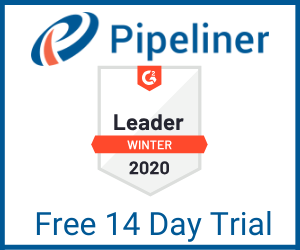What is the Sales Pipeline?
It describes the individual steps salespeople take from initial contact with a potential customer, or prospect, to qualifying that prospect into a lead, and further validating that lead into a sales opportunity followed through the different stages until closed or lost.
Many sales organizations today are not making use of this powerful sales management methodology. Why is this? They simply fail to recognize the benefits or simply don’t know how to shape their sales pipeline.
So let’s look at how to set one up.
How Many Stages Should Your Pipeline Contain?
Write all of the steps within your sales cycle on paper. Focus on the most important tasks that lead your customer to purchase your product or service.
Do not create too many steps, because having too many stages in the sales pipeline is counter-productive. Six or seven steps is the optimum number of stages in the pipeline. But in cases such as government contracts, it might be entirely normal to get from lead to closing the deal many years down the line.
We have analyzed many sales processes across a number of industries, and have found that on average companies will limit their sales process to five steps:
- Initial contact
- Qualification
- Meeting
- Proposal
- Close
Each sales step has different weighted value within your sales process. This value, or probability of closure, reflects the likelihood of that sale closing.
How do You Define the Closing Probability?
Let’s say you will need to call 10 prospects—make 10 initial contacts—in order to qualify 1 prospect to the next step. It means that only 10% of your initial contacts make it to the second sales step.
You can freely define your probability of closure according to your experience.
research shows that the most commonly used closing probabilities for each of the example sales steps are as follows:
Initial contact – 0 %
Qualification – 10 %
Meeting – 30 %
Proposal – 60 %
Close – 100 %
Once your enters your sales pipeline, they become a sales opportunity. Each opportunity has its own value. Using opportunity values and probability of closure for each sales step, you can “weigh” your pipeline.
For example, if the total of opportunities in a particular sales stage is $100,000, and the probability of closure for that stage is 30%, then the weighted value of the stage would be $30,000. All of those weighted values added together give you the total weighted value of your sales pipeline.
Learn much more about the sales pipeline here.








Comments